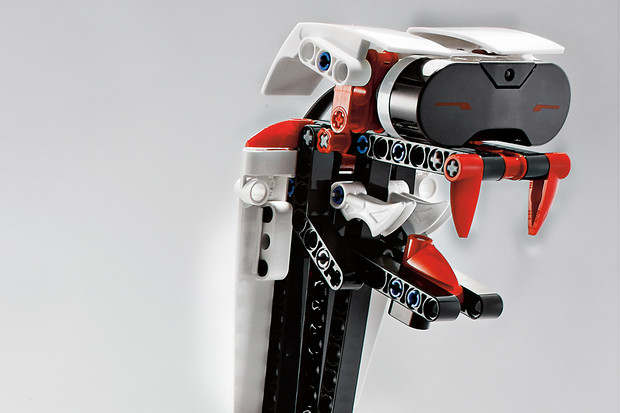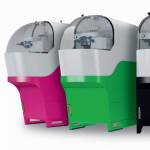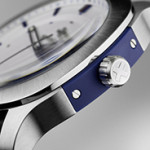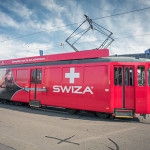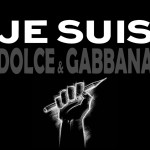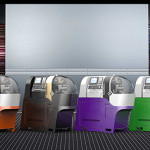Lego slithers into digital age with biting robot serpent
Lego fans no longer need to fret about the cat or dog knocking over their constructions. When bothersome housepets or other pests come too close, they can ward off the intruder with one of their plastic-brick creations.
The R3PTAR, a robotic snake from Lego A/S, can be programmed from a smartphone app to attack felines, canines, and siblings — or simply scuttle along the floor and give them something to chase. Equipped with a snapping mechanical jaw and fangs, the serpent might just send even courageous hounds, pusses and pesky kid brothers packing.
R3PTAR is among the new creations the Danish toymaker is counting on to stay relevant in the Internet age. Broadening its product range to attract older users with more complex — and sometimes conflict-driven — toys is helping Lego grow faster than competitors Mattel Inc. (MAT) and Hasbro Inc. (HAS)
Lego’s success “lies in embracing what digital can do,” Chief Marketing Officer Mads Nipper said over coffee in his toy-filled office at company headquarters in Billund, Denmark. As evidence, he points to the 20 million monthly visitors to Lego’s websites and the 100 million-plus copies of video games sold by its licensing partners.
The toymaker has come a long way from the days when it produced yo-yos, ducks and fire trucks made of wood. The company is still controlled by the family of carpenter Ole Kirk Kristiansen, who founded the business in 1932. The family also owns part of Merlin Entertainments Group Ltd, the owner of Lego theme parks.
R3PTAR Bite
The R3PTAR is part of a 601-piece set introduced last month that includes a programmable brick, sensors, software and motors. Known as EV3, the $350 set is the third incarnation of the Mindstorms series, introduced in 1998. It includes plans for five walking, talking and thinking robots including the snake, the scorpion-like SPIK3R and the Mohawk-sporting EV3RSTORM.
“These robots have attitude,” said product designer Lars Joe Hyldig, who spent about three years developing them. “They can surprise you” by taking on a mind of their own.
While simple enough to be built by 10-year-olds, Lego says many adults purchase Mindstorms for themselves.
“I’m looking forward to buying some of these for my nieces and nephews and “help” them put them together,” fan Tom Cullen wrote on his Twitter feed Sept. 1.
Lego invited an international group of some adult fans to help create 12 bonus models of the new robots, including an electric guitar and a bulldozer, for which building instructions are accessed online.
Angry Faces
The fearsome-looking Mindstorms robots are unlikely to stem criticism from some fans that Lego is straying too far from the toys that have engaged children for generations.
According to a study released this year by university lecturer and former Lego employee Christoph Bartneck, faces on the toymaker’s minifigures have grown angrier in the last four decades as Lego has embraced more conflict-based themes. A set based on The Simpsons television series that’s due next year has also irked members of Lego’s online community, who grouse that it’s not appropriate for the company’s target audience.
“Lego, do not make the Simpsons!” a user called Superfox9783 wrote on an online message board. “It is not a kid-friendly theme! If you do, I will boycott your products.”
Physical Play
Such concerns aren’t reflected in Lego’s sales, which are outpacing its primary competitors, helped by both new products and growth in Asia. Revenue in the first half of 2013 increased 13 percent to 10.4 billion Danish kroner ($1.89 billion), versus a 4 percent gain at larger rival Mattel and a slight decline at Hasbro, which it overtook to become the world’s second-biggest toymaker earlier this year.
Mattel has a market capitalization of about $14.3 billion and Hasbro is valued at about $6.1 billion.
Lego has doubled its market share since 2008, according to Robert Porter, an analyst at Euromonitor International in London. Among its top rivals, “Lego has been the most successful of all over the past few years,” Porter said.
Lego controls about 60 percent of the construction toy business, which Euromonitor estimates will grow to more than $10 billion by 2017 from about $7.7 billion in 2012. The traditional toy and game industry was worth about $83 billion last year.
Toy construction line Meccano, known as the Erector Set in the U.S., was acquired by Canadian toy company Spin Master Ltd. earlier this year.
Lego is building new manufacturing facilities in China and plans to expand sales there as rising incomes boost demand, Chief Executive Officer Joergen Vig Knudstorp told Bloomberg Television this month.
Colored Bricks
In response to growing demand in emerging markets, the new robots now come with native language editions for Russia, China, Korea, Japan, Spain and Denmark. They used to speak just English, French, German and Dutch.
Lego is now gearing up for Christmas. The company gets 70 percent of its revenue in the last two months of the year. To remain atop Santa’s gift lists, the company recognizes, it must continue freshening its lineup, though without alienating traditional fans.
“It’s very much front of mind,” Chief Financial Officer John Goodwin said while showing off products such as the recently introduced “number train” for toddlers. “We have to keep that newness.”
That doesn’t mean there won’t be a place for the traditional colored building bricks that have long been synonymous with Lego, Goodwin said.
“We still think physical play is going to have a key role even in a digital world,” he said. “Physical creation is something that’s just wired inside all of us, and the joy you get from that can’t fully be replicated via a virtual experience.”
By Katarina Gustafsson
Soure: Bloomberg

